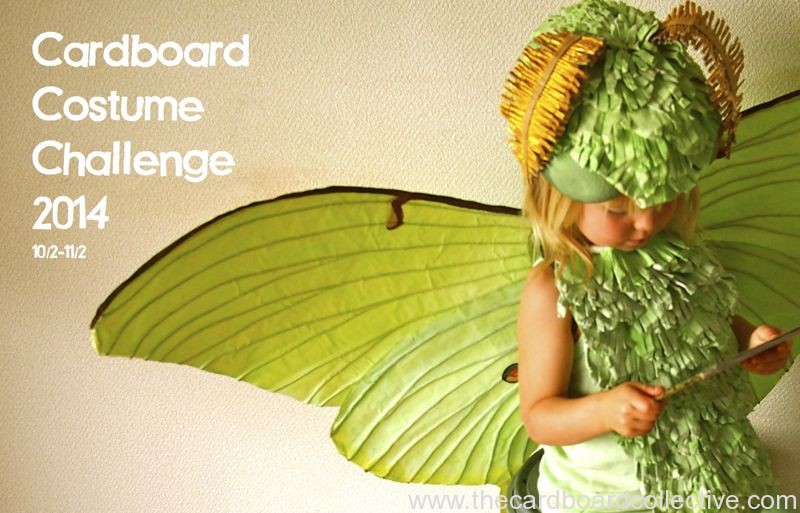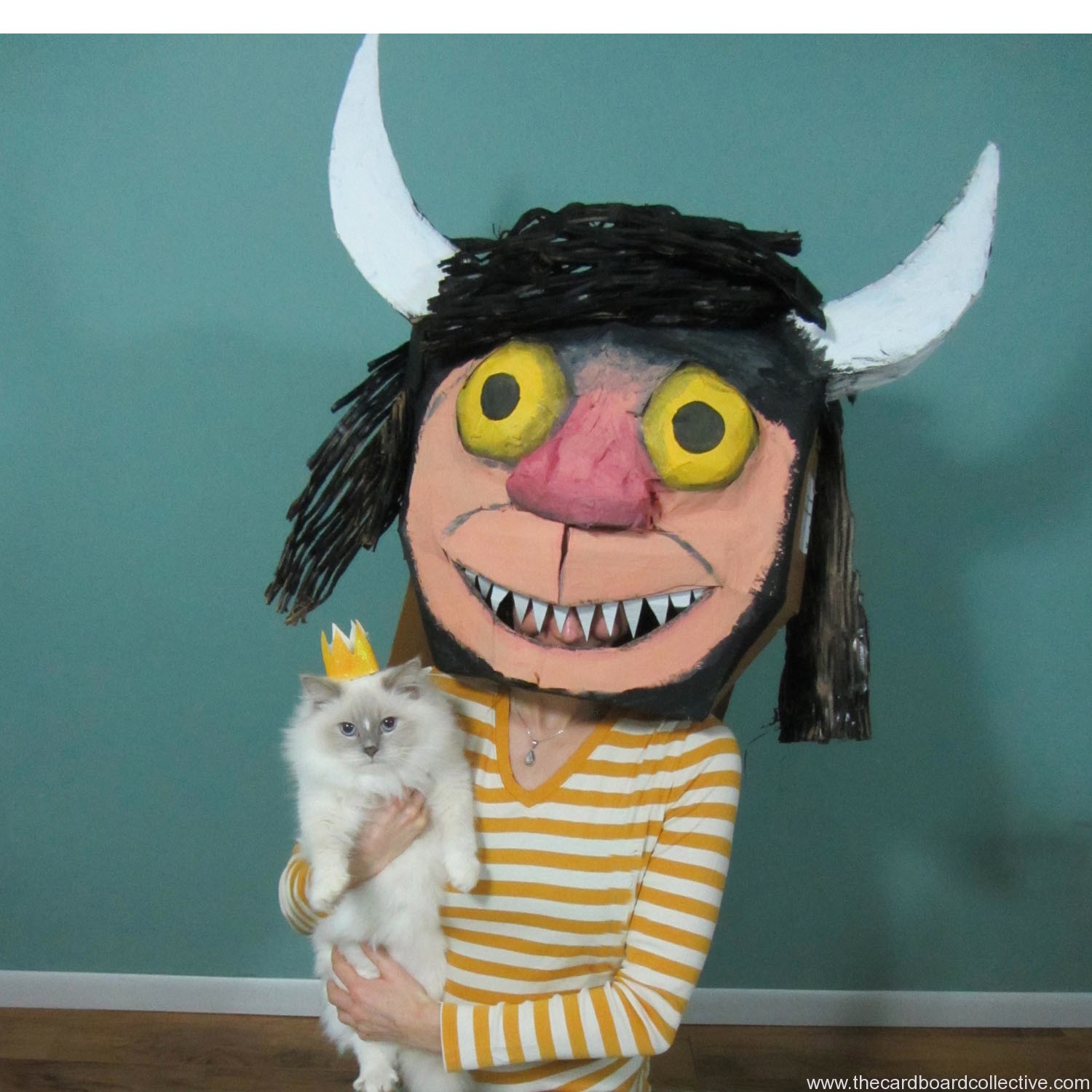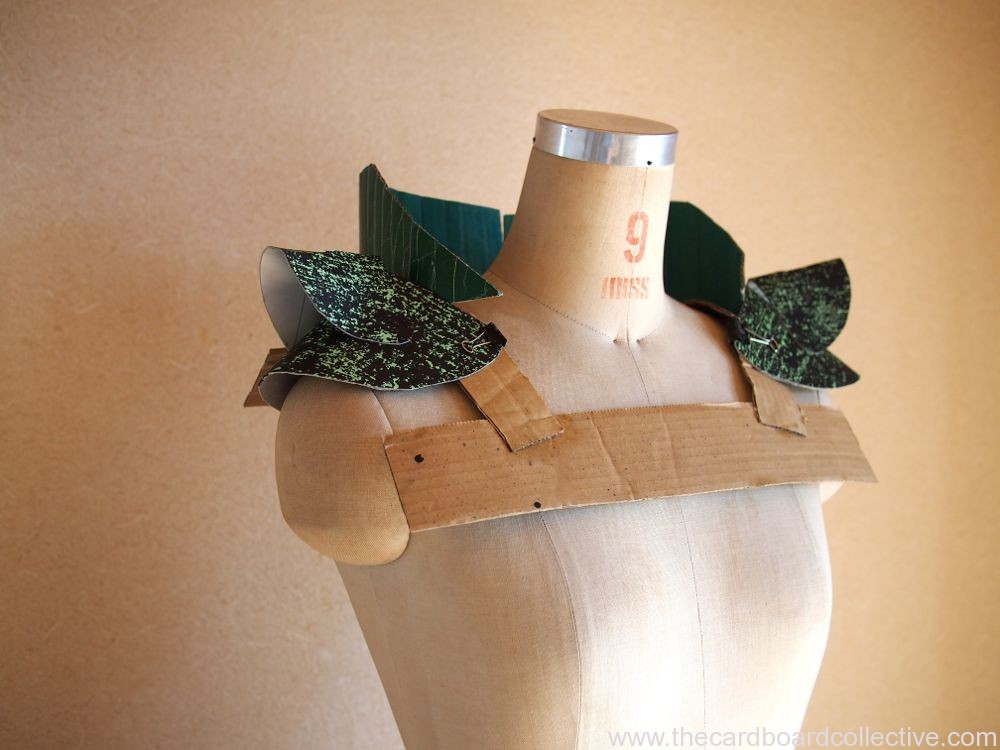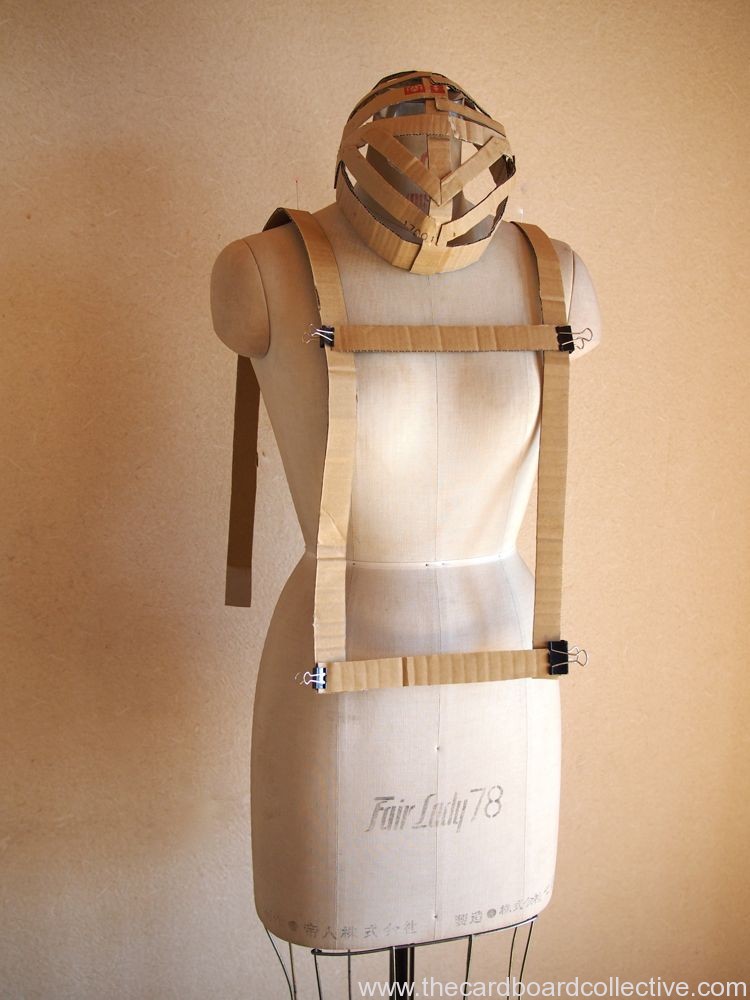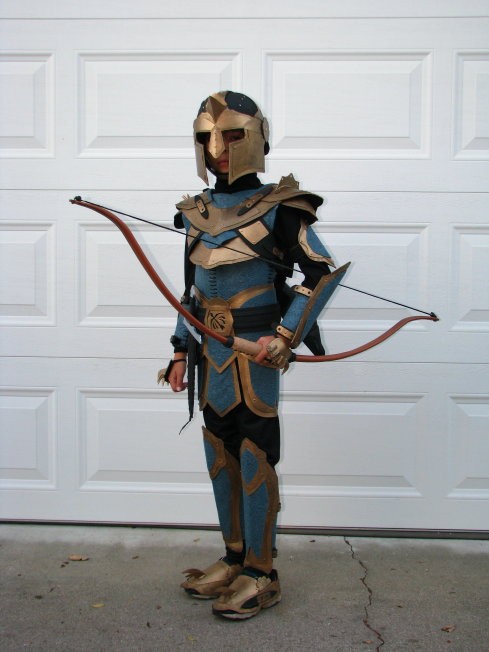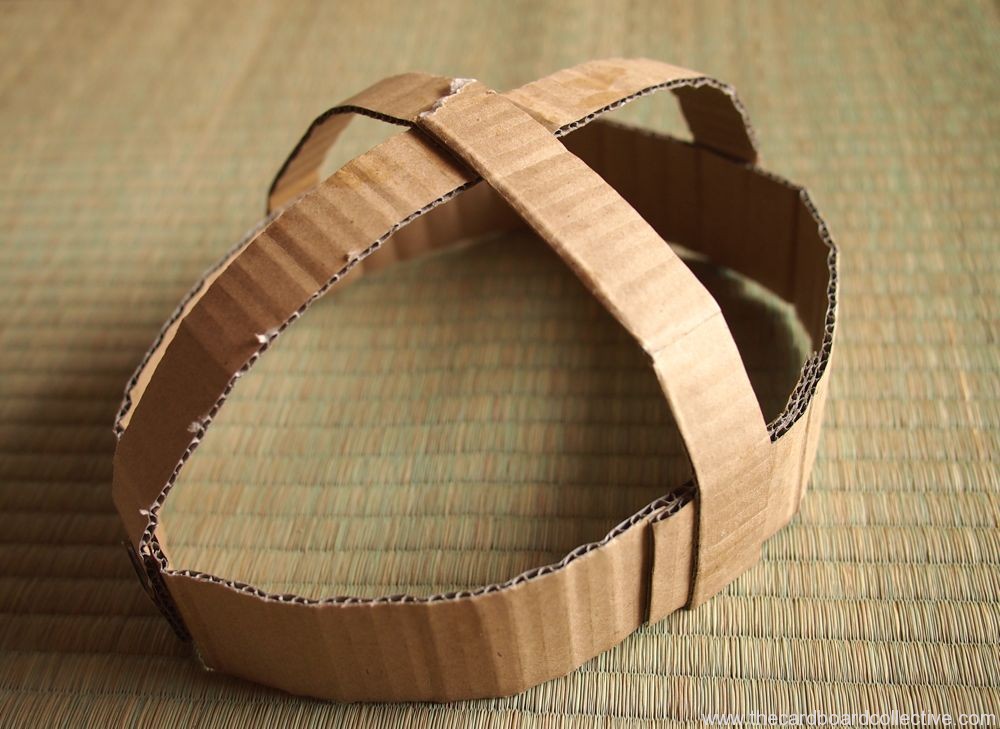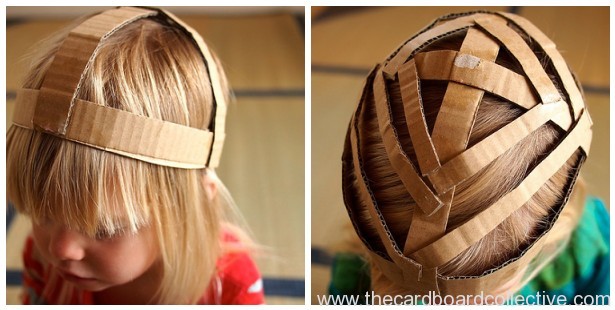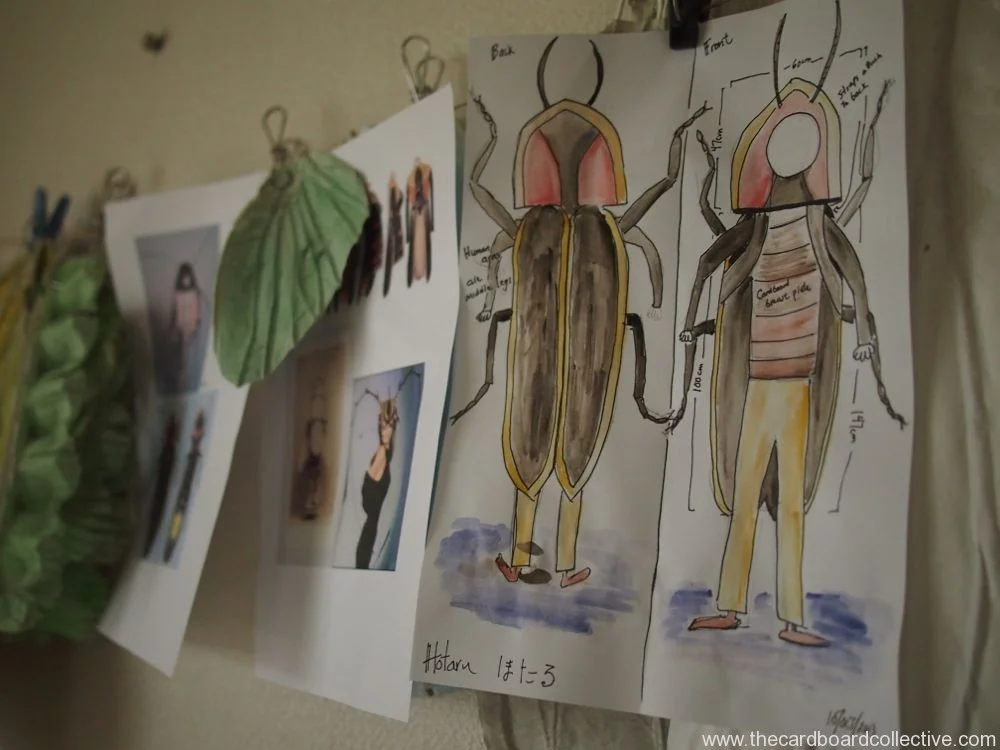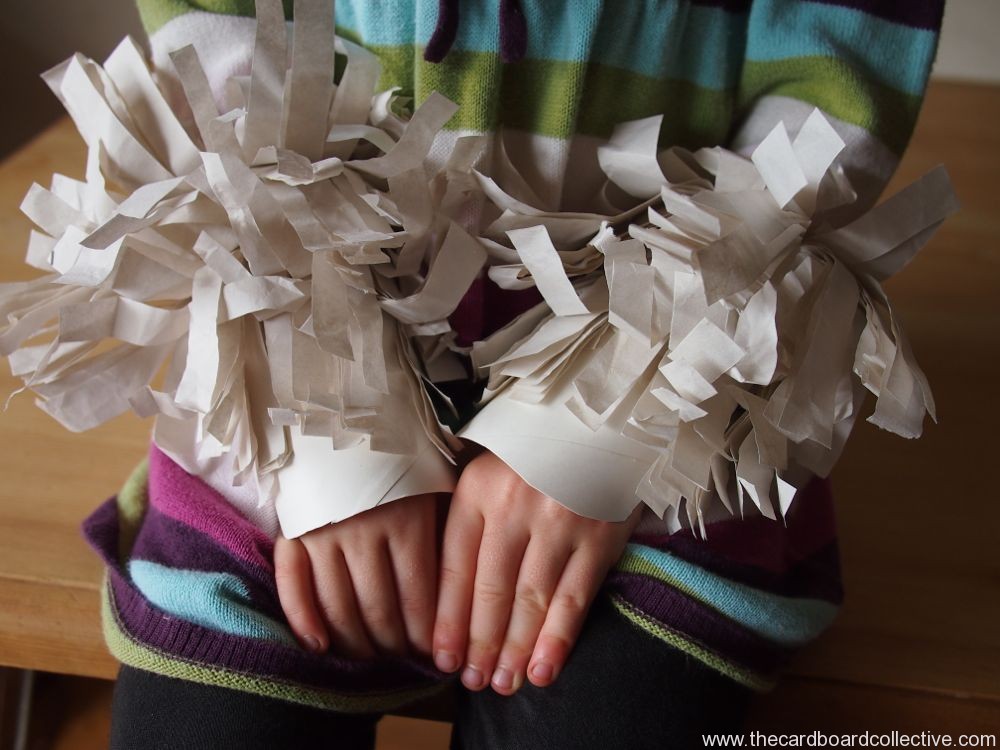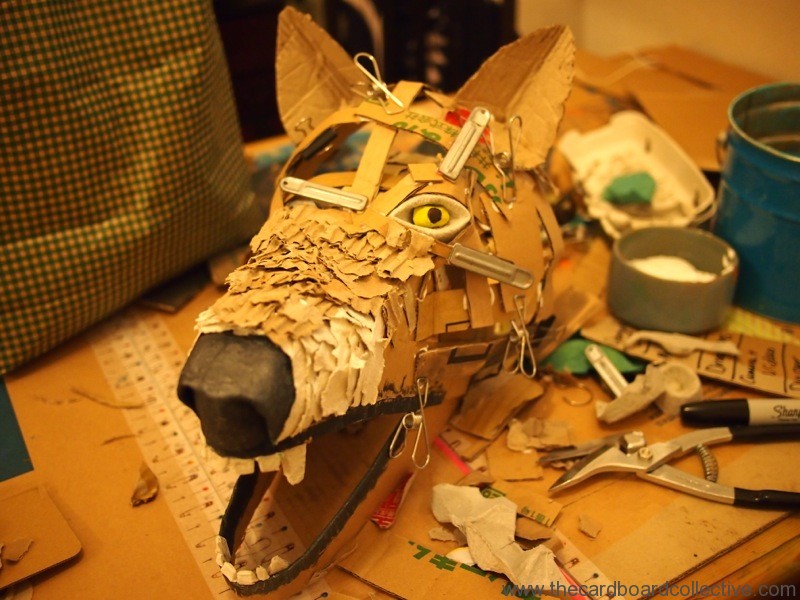When my daughter decided that she was going to be a butterfly this year, we thought, hey why not be a whole family of insects?
Then the real thinking began and we each had to commit to our insect of choice... My husband chose early and is following an entirely logical, and proper plan for attacking his costume, bit by bit. Although it's not typically my style ( I wish it was), I'm going to try following his approach this year too.
Here's what we've done so far:
1. Create an inspiration board. I like to use Pinterest. Here's a link to the board I'm using for my Grasshopper costume. I usually try to gather examples from the following categories to get a well rounded amount of inspiration and produce a unique and creative costume.
realistic images (many views)
inspirational costumes
images that address problems or difficult parts
images that inspire shapes or moods
2. Create a detailed sketch of your costume. I like my husband's approach of folding a regular piece of white paper in half vertically and drawing the costume from the front and back. It keeps it simple. After drawing, he began to add measurements.
3. Collect materials and prototype. I like to try smaller versions of some costume parts first to see if my ideas will work, then I know if I have to keep trouble shooting any parts of the costume.
How about you? Are you well on your way, or just getting started?
